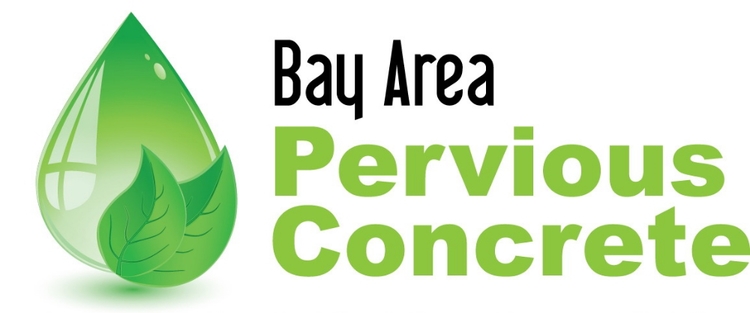The Rational Method is used by many storm water civil engineers to understand storm water runoff. Frequently it is being invoked to understand the impacts of pervious concrete. Frankly, the Rational Method has no place designing with pervious, and this is what we are going to discuss.
The simplest reason being, the Rational Method is there the allow engineers to size the necessary sewer line appropriate to the runoff on the site. However, when pervious concrete is well designed and installed for most or all of the parking or access areas, there will be no runoff from that area. It is even possible, pending some limitations**, to capture most if not all of the adjacent runoff from impervious roofs or other impervious. That would make the runoff coefficient 0 or even negative. Given that, Q becomes zero, or less then zero. At that point, no drain pipe is needed to carry away the storm water, and the Rational Method is not the appropriate method for quantifying storm water.
This hints at the total shift that is before us - the way we previously understood hardscape and the associated negative externalities (runoff, storm water pollution, heat island effect, aquifer depletion) is turned on its head. Now these previous negative externalities are accounted for and reversed, and we are able to maintain the preferred hard & durable surface with pervious concrete. Pervious concrete allows storm water and pollution to filter in and infiltrate, allowing microbes and soil to be the filter that they are for the rest of nature. Pervious concrete mitigates the heat island effect in 2 ways, having a high solar reflectivity index as well as allowing a water and air exchange between the soil below and air above the pavement.
But given that codes are still being written, and some building and design professionals do not know about pervious concrete and its benefits we must still use the Rational Method. So I propose a stand-in coefficient.
To review the Rational Method for those of you who don't use this equation frequently,
Q = the necessary size of the pipe to capture the runoff being generated by C, I and A.
A = The area whose runoff is being measured.
I = The rate of rainfall in a given time horizon.
C = The coefficient that is determined by the type of ground covering being measured, below you can see one version of the chart referenced.
As you can see in the above chart, [impervious] paved surfaces gave a runoff coefficient of 0.94 for the 5-year storm event. Toward the bottom of this chart, "Lawn" and "Parks/Golf Courses/Cemeteries, 8% impervious" have a runoff coefficient of 0.21.
As far as I know, there is no such coefficient for pervious concrete to be used in the Rational Method. On the one hand, it isn't really necessary, as infiltration hardscapes may make the Rational Method less necessary. Or, perhaps the Rational Method will be adapted to vet and verify successful implementations of LID measures. In the meantime, it seems that a stand-in number is necessary - what if we were to use the "Parks/Golf Courses/Cemeteries, 8% impervious" 0.21 as a reference, and then include the >0.21, as it is less then 0.21, however it is unknown how much less at this point, for research has not yet been completed.
What do you think? Is this a reasonable way to discuss the Rational Method and pervious concrete?
** The limiting factor when dealing with pervious concrete is the subbase soil’s infiltration rate. Given enough area and enough reservoir base, it is possible to infiltrate a serious storm.
If you have more information please contact us, and we would be happy to discuss this with you.
----
Sources: chart http://www.iowadot.gov/design/dmanual/04a-05.pdf
conversation and cocktail napkin - inspiration to post



